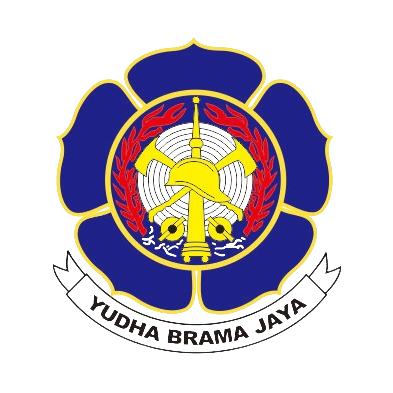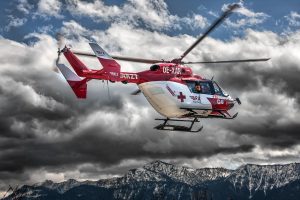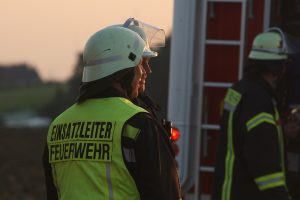Masyarakat Terlindungi

Masyarakat Terlindungi: Understanding and Supporting Vulnerable Communities in Indonesia
Defining Masyarakat Terlindungi
Masyarakat Terlindungi, or Protected Communities, refers to groups within Indonesian society that are vulnerable due to various socio-economic factors, environmental challenges, and historical injustices. These communities often lack access to basic rights, including education, healthcare, and employment opportunities, and they face ongoing threats such as climate change, displacement, and systemic discrimination. Understanding their challenges and taking active steps to protect and support these communities is crucial for fostering equity and sustainability in Indonesia.
Key Characteristics of Masyarakat Terlindungi
-
Geographical Isolation: Many Masyarakat Terlindungi live in remote areas, such as rural villages or islands, where infrastructure and access to resources are limited. This isolation exacerbates their vulnerability and hampers their ability to influence decisions affecting their lives.
-
Cultural Heritage: These communities often possess rich cultural traditions and languages that are essential to their identities. However, globalization and modernization can threaten these unique cultural traits, leading to cultural erosion.
-
Economic Disadvantage: Members of Masyarakat Terlindungi frequently engage in subsistence agriculture or informal labor, making them susceptible to poverty. Limited access to markets and financial services compounds these economic challenges.
-
Social Exclusion: Discrimination based on ethnicity, religion, or socio-economic status often leads to social exclusion from broader societal benefits. This exclusion can manifest in various forms, including unequal access to education and job opportunities.
-
Environmental Vulnerability: Many of these communities are directly affected by environmental degradation, including deforestation, pollution, and climate change. Their traditional livelihoods are often jeopardized by environmental policies that do not take their needs into account.
Challenges Faced by Masyarakat Terlindungi
-
Access to Education: Quality education is often out of reach for Masyarakat Terlindungi. Barriers include inadequate facilities, lack of trained teachers, and cultural perceptions that undervalue formal schooling.
-
Healthcare Disparities: Access to healthcare services is frequently limited, with remote communities facing challenges ranging from distance to inadequate health infrastructure. This leads to higher rates of illness and mortality.
-
Political Marginalization: Masyarakat Terlindungi often lack representation in local and national political structures. This marginalization prevents them from advocating for their rights and interests, making it difficult to address their needs.
-
Displacement and Land Rights Issues: Many of these communities face threats of displacement due to industrial development, logging, or agriculture expansion. Land rights are often poorly recognized, putting their livelihoods at risk.
-
Lack of Legal Frameworks: Insufficient legal protections make Masyarakat Terlindungi vulnerable to exploitation. Without clear recognition of their rights, communities struggle to defend their land and cultural identities.
Strategies for Supporting and Empowering Masyarakat Terlindungi
-
Inclusive Policy Making: Governments should engage Masyarakat Terlindungi in policy discussions. Inclusive frameworks that incorporate their voices ensure that their rights and needs are represented in decision-making processes.
-
Community-Led Initiatives: Supporting grassroots organizations that empower these communities to lead their development is vital. This approach fosters self-determination and encourages sustainable practices that respect local knowledge.
-
Education and Capacity Building: Investing in educational programs tailored to the needs of Masyarakat Terlindungi can enhance knowledge and skills. Capacity-building initiatives that focus on vocational training and leadership development can also empower community members.
-
Healthcare Access Improvement: Expanding healthcare services to underserved areas through mobile clinics and community health programs is essential. Collaborations with NGOs can help build trust and facilitate access to health education.
-
Environmental Protection: Implementing conservation projects that include Masyarakat Terlindungi as active participants can enhance their livelihoods. Recognizing traditional ecological knowledge as valuable can contribute to environmental sustainability.
-
Legal Aid and Awareness: Providing legal assistance to help Masyarakat Terlindungi navigate land rights and other legal matters can be transformative. Raising awareness about their rights can empower individuals to advocate for themselves.
Case Studies of Successful Interventions
-
The Indigenous Peoples Network: An organization that works directly with Masyarakat Terlindungi to protect their land rights. Through legal assistance and advocacy, they successfully helped a community regain control over their ancestral lands threatened by industrial development.
-
Community Health Initiatives: In certain regions, NGOs have implemented health outreach programs that train local individuals to deliver basic healthcare services. This has substantially improved health outcomes and strengthened community resilience.
-
Cultural Preservation Programs: Projects aimed at documenting and promoting the cultural practices of Masyarakat Terlindungi have led to increased awareness and appreciation. These programs help maintain cultural identity within a rapidly changing socio-economic landscape.
The Role of Technology and Innovation
Technology can play a pivotal role in supporting Masyarakat Terlindungi. Mobile applications designed for education, healthcare access, and legal services can help bridge gaps created by geographical isolation. Digital platforms for networking can enhance their voices in broader advocacy movements, creating opportunities for collaboration and resource sharing.
Conclusion:
Masyarakat Terlindungi represents the rich tapestry of Indonesia’s cultural and social landscape, yet they face numerous challenges that require urgent attention and action. By understanding their unique circumstances and implementing targeted strategies, we can foster a more inclusive and equitable society that respects and uplifts vulnerable communities. Recognizing their resilience and capacity for self-determination is essential in the quest for sustainable development and social justice in Indonesia.





